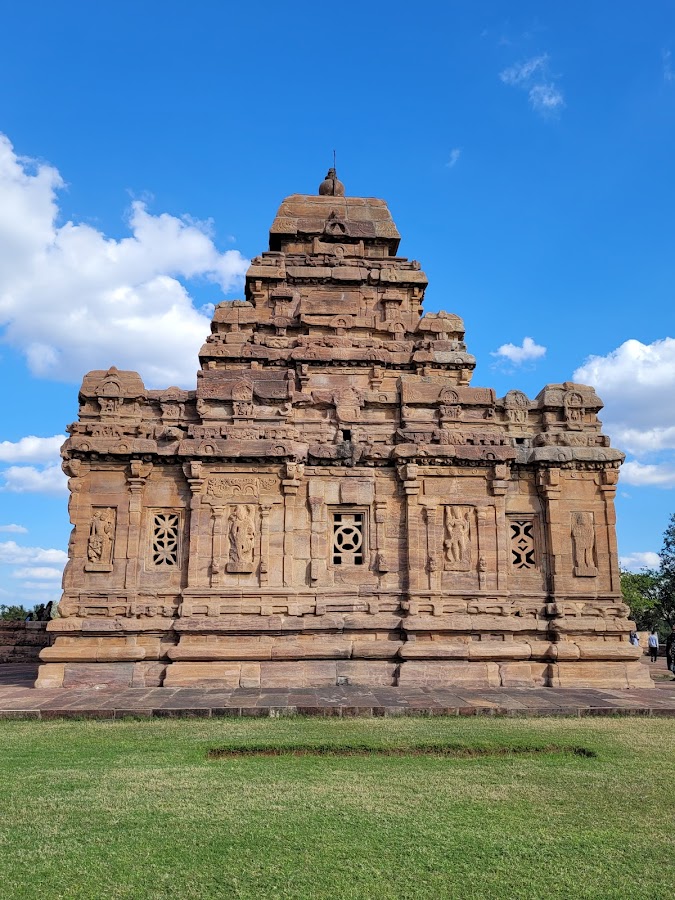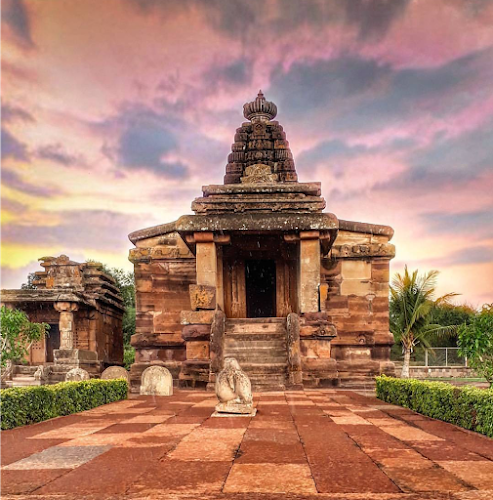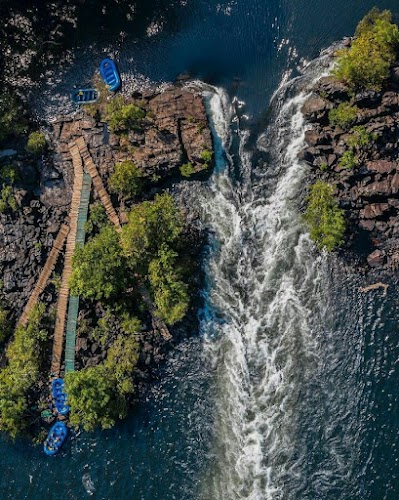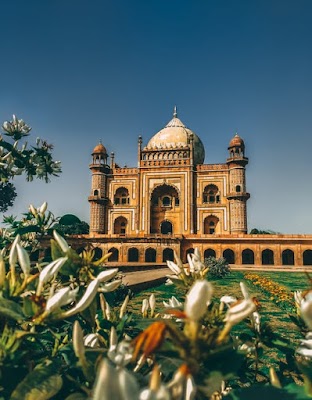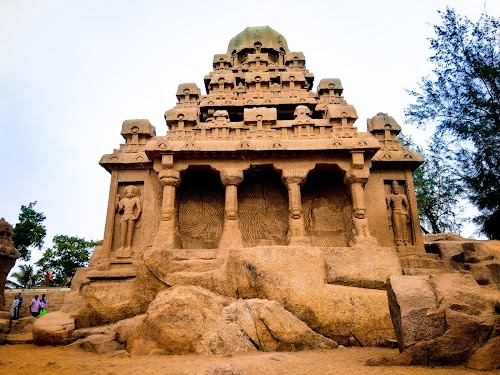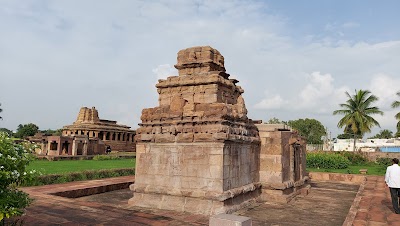
Pattadakal, India
Pattadakal, a UNESCO World Heritage Site, is a small village in Karnataka, India, renowned for its stunning group of 8th-century CE Hindu and Jain temples. This historical complex showcases a remarkable blend of architectural styles, including the Dravidian (South Indian) and Nagara (North Indian) styles. The temples are exquisitely carved with intricate sculptures depicting scenes from Hindu mythology, making it a visual treat for history buffs and art enthusiasts. The Virupaksha Temple, dedicated to Lord Shiva, is the largest and most elaborate temple in the complex and a prime example of Dravidian architecture. Pattadakal offers a unique glimpse into the artistic and religious achievements of the Chalukya dynasty.
Known for:
History:
Pattadakal served as a significant cultural and religious center during the Chalukya dynasty, particularly in the 7th and 8th centuries CE. It was briefly used as a capital. The Chalukyas, known for their patronage of art and architecture, commissioned the construction of numerous temples in Pattadakal, showcasing a unique blend of architectural styles. The Virupaksha Temple, built by Queen Lokamahadevi to commemorate her husband's victory, is a testament to their artistic prowess. After the Chalukyas, the region came under the control of various dynasties, but Pattadakal retained its historical and religious importance. In 1987, UNESCO recognized Pattadakal's outstanding universal value by designating it a World Heritage Site.
How to reach:
The nearest airport is Hubli Airport (HBX), approximately 130 km away. From Hubli, you can hire a taxi or take a bus to Pattadakal. The nearest railway station is Badami (BDM), about 22 km away. Badami is well-connected to major cities in Karnataka and other parts of India. From Badami, you can hire a taxi or take a local bus to Pattadakal. Pattadakal is also accessible by road, with regular bus services from major cities in Karnataka.
Places in Pattadakal, India
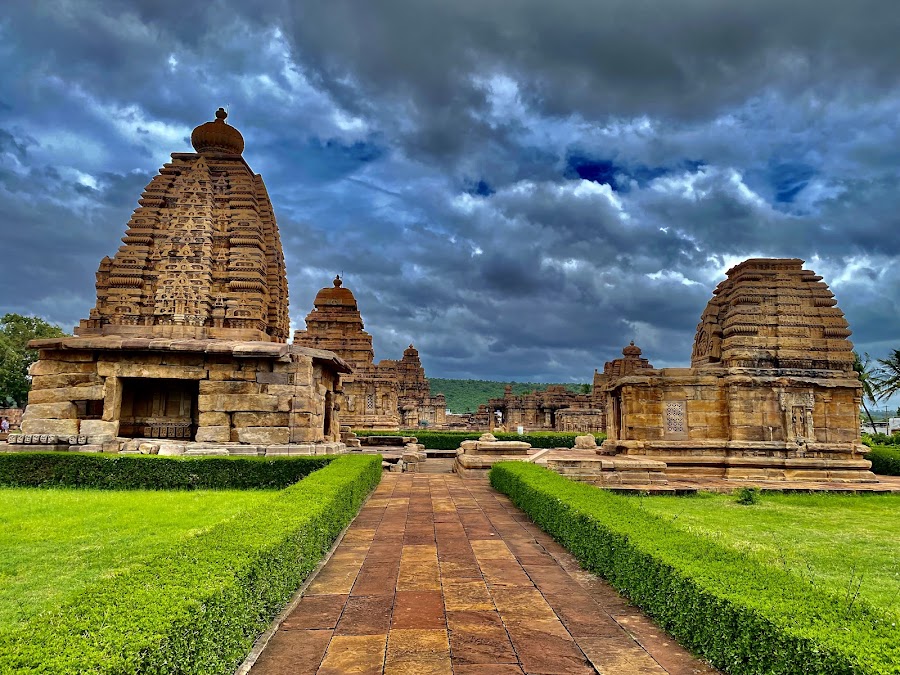
Pattadakallu UNESCO World Heritage Site
Pattadakal, India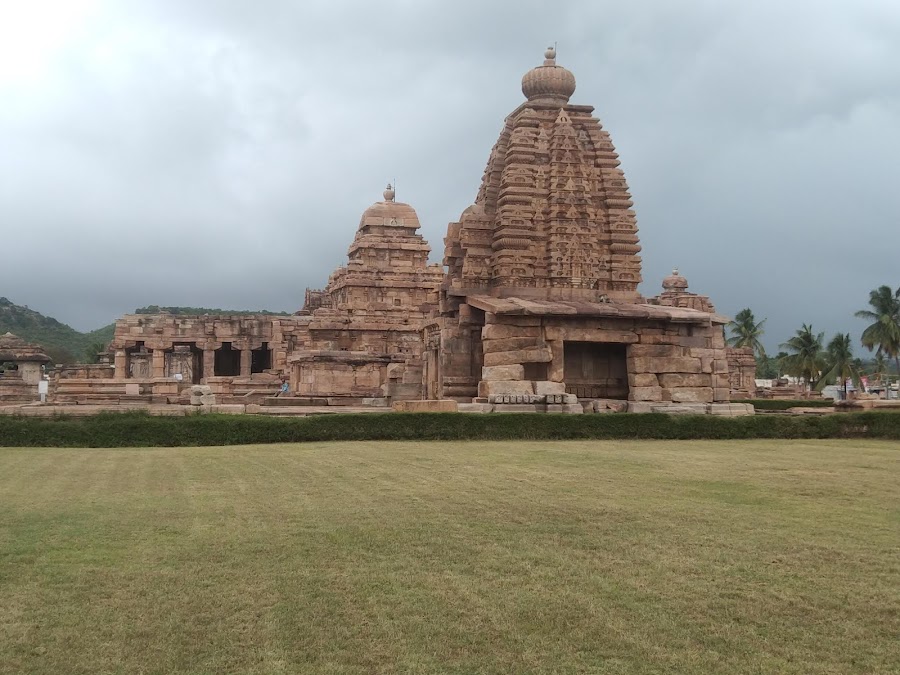
Sri Kashi vishweshwara Gudi
Pattadakal, India